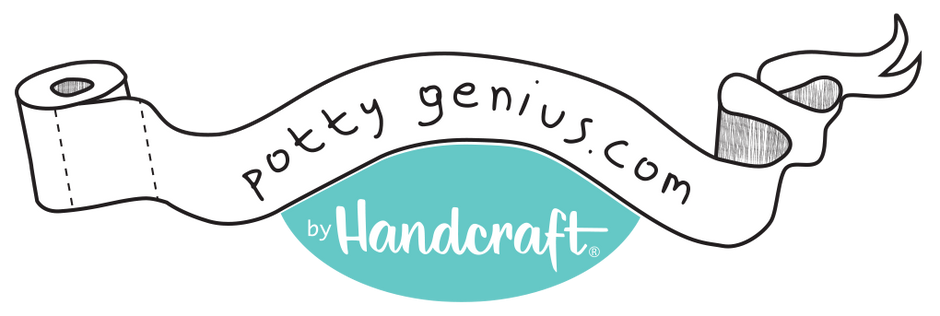The term “toilet training” does not mean the same thing to everyone. In some parts of the world, toilet training as we know it does not even exist. In the United States, the way children learn to use the toilet has changed dramatically over the last 100 years. Inventions like disposable diapers clearly affected toilet training. Attitudes towards parenting also continue to play a big role.
Toilet Training in the United States Over the Last Hundred Years
Before the invention of the washing machine, cloth diapers that held bowel movements were boiled. Diapers were hand washed and air dried. There were only so many available, and mothers wanted their children to eliminate in the proper place as early as possible. Training focused on bowel movements. It was believed that these needed to be regular for good health, and that infants as young as eight weeks old could be made to go on schedule. “Soap sticks” were sometimes used in the baby’s rectum to encourage the passage of stool.
Toilet training was strict. As late as 1932, a government publication called
Infant Care, stated that children should be trained by six to eight months of age. Small children were frequently forced to sit on the toilet for as long as it took, even if it was hours. There was a pendulum swing from strict training to a more permissive approach
starting in the 1940s. Research indicated that children could not control their urination or bowel movements until much later. Furthermore, some experts thought that early, forced training could cause psychological damage. Dr. Benjamin Spock, and later Dr. T. Berry Brazelton, among others, proposed that children only be trained when ready, usually at about two years of age, and without punishment. Both the acceptance of a child-oriented approach emphasizing readiness and the availability of disposable diapers changed toilet training. However, many parents still needed their children trained by three years for preschool. Some turned to Azrin and Foxx’s
Toilet Training in Less Than a Day, or other intensive methods.
In the United States today, parents from different cultures and ethnic groups train their children at different times. For example, African-American toddlers may be toilet trained earlier. While most parents seem comfortable using diapers as necessary, there are those who want to reduce the impact of diapers on the environment. They are looking at infant toilet training, which they also believe brings parents and babies closer together.
Assisted infant toilet training is a method used in many parts of the world, including China, Africa, Central and South America, and India. In these areas, indoor plumbing and toilets are not always available, and outdoor elimination is part of life. In many cultures employing infant toilet training, mothers carry their bare-bottomed infants. Diapers may not be used at all. Mothers learn the sounds and body movements their babies make before they urinate or pass stool. Then, they place their infants where they want them to eliminate at those times. Frequently, the mother makes a sound, like whistling, at the time of elimination. This teaches the infant that the two are connected. Later she will place him where desired and make the sound, rewarding him for success. Eventually, the child is expected to get to the correct area himself. Accidents are common and not punished. In some places, toddlers frequently eliminate outside. The sound the mother makes is the communication in the “elimination communication” method.
Parents in the United States interested in this method try to adapt it to their lives. They can combine elimination communication with the use of diapers at certain times.
Lessons Learned
Looking at toilet training in the United States over time and across the globe makes it clear that
local conditions, the availability of resources, and beliefs about parenting have a significant impact on the way a society deals with toilet training. What we do today will not be the same as the toilet training method parents use 50 years from now.
Additional Potty Training Resources:
Potty Training Parenting Without Boarders Toilet Training is a First World Problem

